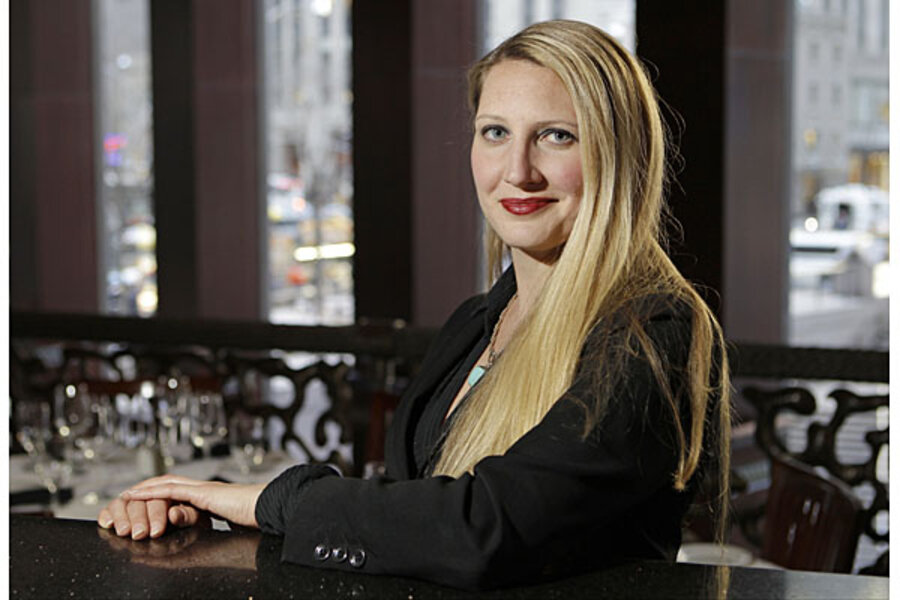The median salary of more than $50,000 for Whitter’s full-time female workers is not only strong compared to the national average, but it’s even higher than the median income for working men in the city. The top two employers in Whittier are both hospitals, making it a good city for women in the health services field.
To take a closer look at the cites that have the best characteristics to support women in the workforce, NerdWallet crunched the numbers to analyze the following factors:
1. Women’s earnings: we looked at the median salary for female full-time, year-round workers in each city and included the median gross rent as a proxy to gauge cost of living.
2. Income equality: we calculated women’s pay as a percentage of men’s pay to measure the level of income equality in each city.
3. Population growth: to assess long-term growth potential in each place, we included recent population growth.







